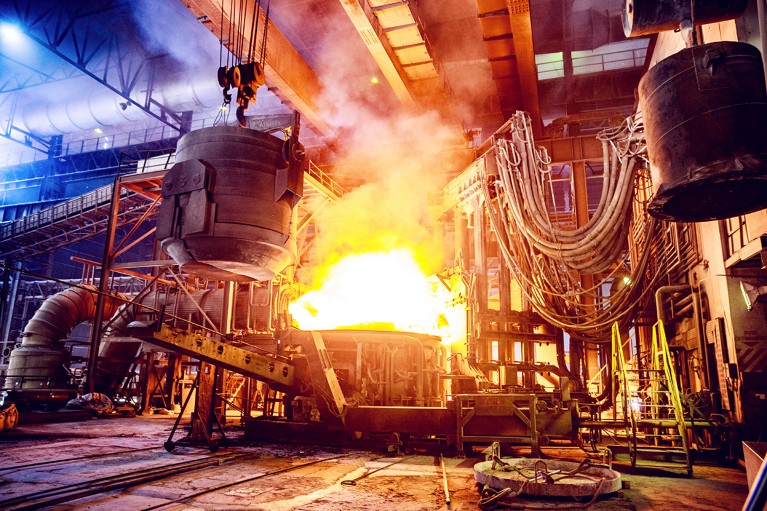Metals are key to the global economy — but three challenges threaten supply chains
Article Date: 13 October 2025
Article URL: https://www.nature.com/articles/d41586-025-03312-0
Article Image: https://media.nature.com/w767/magazine-assets/d41586-025-03312-0/d41586-025-03312-0_51551854.jpg
Summary
Metals underpin everything from power systems and batteries to transport and construction. This Nature Comment highlights three interlinked threats to metal supply chains: dwindling known reserves (notably copper, nickel and chromium), rapidly rising demand driven by population growth and new technologies, and large greenhouse-gas emissions from extraction and processing (steel alone is ~8% of global CO2 emissions).
The authors propose a five-part response: swap to higher-performance or lower-impact materials, adopt green production technologies (including hydrometallurgy and bioleaching), push circular economy practices and better recycling, improve manufacturing efficiency (for example, additive manufacturing), and strengthen policy, education and industry–academia collaboration to scale these changes.
Key Points
- Three main threats: scarce reserves, surging demand and high emissions across metal lifecycles.
- Material substitution can cut use and emissions — e.g. niobium-microalloyed steel reduces steel mass and CO2 by ~20%.
- Green extraction and processing (top-gas recycling, hydrometallurgy, bioleaching) exist but need incentives to scale.
- Circular strategies (design for durability, repairability, advanced sorting, urban mining) must accelerate, especially for nickel, cobalt, manganese and rare-earths.
- Manufacturing advances such as 3D printing can reduce waste by using only the material needed.
- Policy, standards, certification and industry–university partnerships are critical to speed adoption and de-risk investment.
Why should I read this?
Short and blunt: if you buy, design, make or regulate anything that uses metal, this article tells you why the status quo won’t cut it. It lays out practical routes — swaps, tech and recycling — that actually move the needle, and flags where policy or business action is needed to make them happen. It’s a quick heads-up on risks and the levers that matter.
Context and relevance
This piece matters because metals are central to clean-energy transitions (batteries, grids, electric vehicles) and to built infrastructure. Supply shortages or higher-carbon production would slow decarbonisation and raise costs across sectors. The suggested interventions connect to broader trends: circular economy policy in the EU, falling costs of low-carbon tech, and rising attention to critical-minerals security. For businesses, policymakers and researchers, the article is a concise roadmap of technical fixes and policy priorities that can be deployed now.
Author style
Punchy and expert-driven: the authors combine materials-science credibility with policy-minded recommendations. The tone stresses urgency and practicality — this isn’t theory but a call for concrete, coordinated action.

